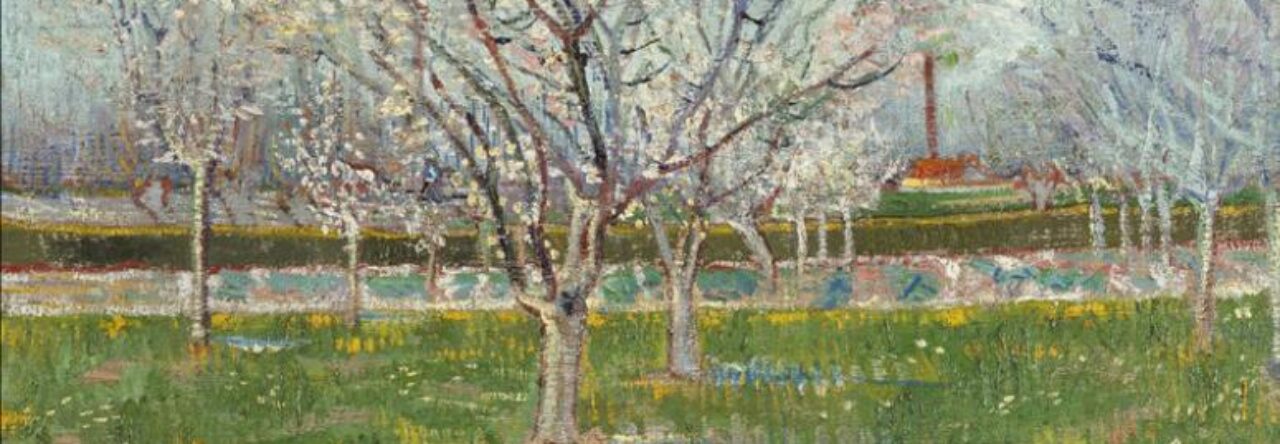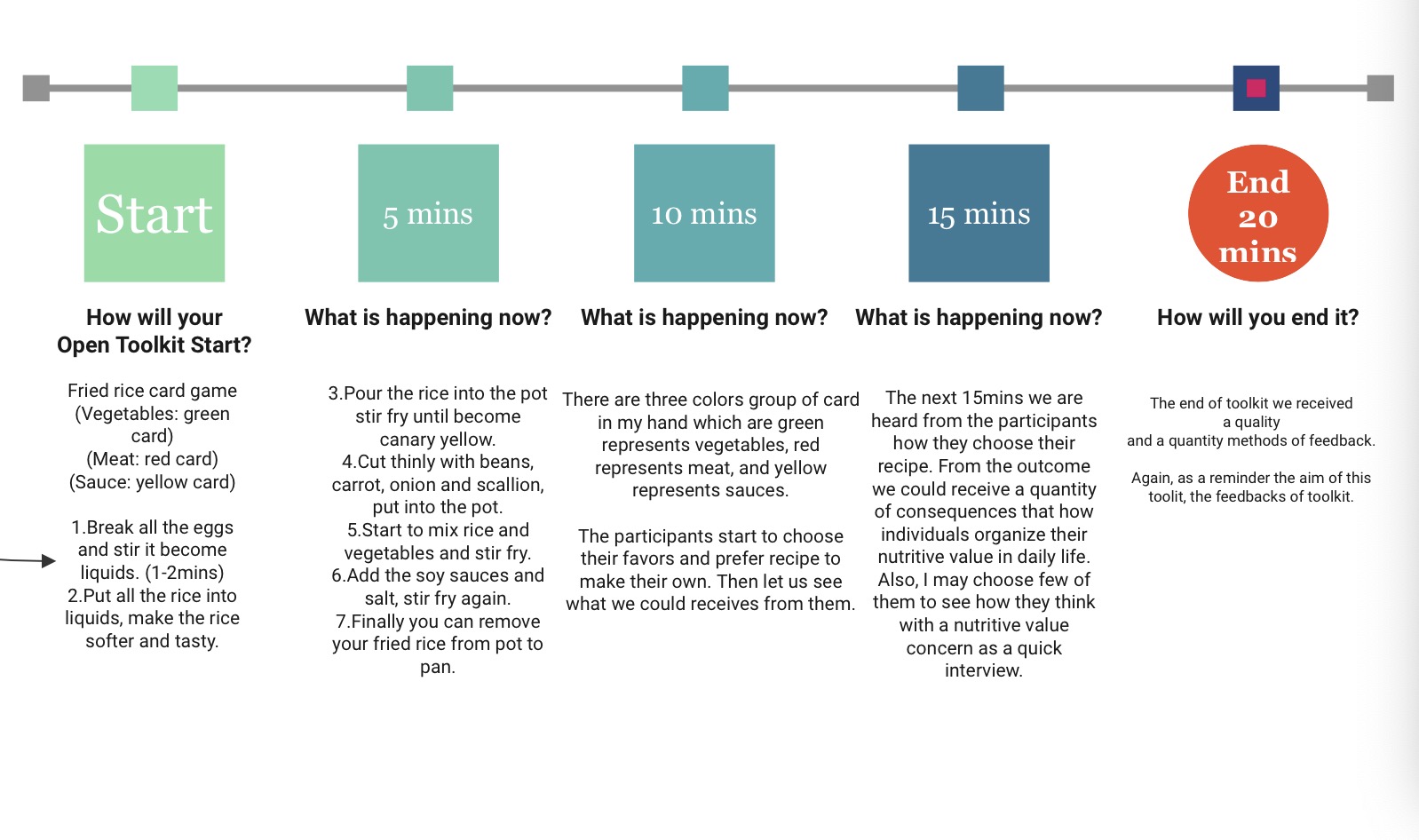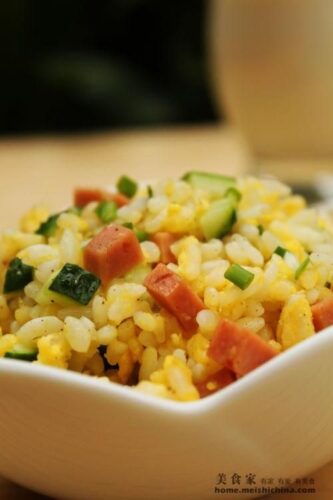My comments:

My comments:
‘Unconference’ that combines presentations with responsive discussion. One of the most obvious feature of a unconference is which there is no author or the authored; everyone is a participant. These include the material and conceptual organising creative ideas and cultural production linked to four elements: participation and collaboration, process and outcome. What we need to documented in these two weeks as a ‘barcamp’ which explored “dialogic art through a dialogue that moves amongst their respective points of view, the epistemological foundation of this ‘barcamp’ can be defined as dialogic because it understands knowledge as arising from social relations and enacted through intersubjective exchange. ” (Bradfield, 2013)
Barcamp as concerned as heterogeneous becoming achieved through dialogic exchange. A fruitful collaboration combined with different subject matter related to cooking, weaving, drawing, photographing and communicating and sharing stories. Bringing together different toolkits into a common idea is that our basho has been discussing over the past two weeks. Finally, our basho takes the way of perceiving the world as the concept integrated with our basho.

We ran everyone’s toolkit as a basho this Thursday. Everyone’s toolkit was interesting, the steps were clear, and the instructions were followed step by step. When running each toolkit, everyone would share their feelings or ideas with each other, and communication was very easy in an open communication environment located in classroom in Hunter building.
I turned my toolkit into a kind of card game, where each participant could choose their favorite flavor, different vegetable or meat food, and then after writing it, each participant would evaluate their own recipes among themselves, and then they would receive the recipes of others and ask them to comment on whether the recipes were nutritionally balanced or not, and if they are not do they have any suggestions.
I was deeply impressed by the story sharing toolkit and photo taking toolkit. I shared a story from my childhood, which reminded me of some good memories with my friends. Whether it is music, photos or stories, they all record the different ways of perceiving the world and the joys and sorrows of humanity.
Each toolkit is for each participant to complete their own work. If all participants can interact to complete artwork collaborate together, the interaction of the cultural environment and individual initiative will be enhanced.
To summarize, freedom zone is significant contributed into contemporary art practice, similarly, what we are learned in themes of ‘play’ or themes of ‘common’ related to ‘rules of score’ and ‘culture cluster’. Moreover, from traditional art to contemporary art, the transformation of art forms reflects the aggregation of a culture, the diversity of a nation, and the development of future art.
Reflection on how to improve the toolkit interaction on 1st December. Consider eliminating some conversations and comments and adding a fun physical interaction session within 20 minutes. In addition to having participants make their own recipe, the next session involves interacting with other people in different color groups to make a new recipe when they get a color group card.
References:
Bradfield, Marsha (2013) Utterance and Authorship in Dialogic Art: or An Account of a Barcamp in Response to the Question, ‘What is Dialogic Art?’. PhD thesis, University of the Arts London.

How we understand what is practice, practice theories embrace aspects such as knowledge, meaning, human activity, science power, language, social institutions and human transformation. Moreover, the book “Practice Theory and Education: Diversity and Contestation” claims that ‘practices are formed by being in and participating in the social world. Understanding thereby practices requires a theory, or suite of theories, that illuminate the socialness and sociality of practical being, action and interaction. (Grootenboer&Choy, 2017) Practice contains order schedule of action, an interaction of coding and decoding.
In a ‘practice turn’, students could experience themselves in teaching roles and make experiences on the question of an educational practice being an art practice. It is important to consider six elements include goals, materials, codes, timing, feedbacks and documentation. Space and the presence at the site is also very significant for all participants which meeting grounds for learning, teaching, discussing, addressing difficulties, solving problems.
As concern as SECI mode what we are learned in the class, normally we are learning a process contains tacit knowledge, and how we fully describe how to achieve that goal is to externalize the tacit knowledges. To combine it become your own practice of internalization. In the book ‘you must change your life’, it claims a concept of ‘anthropological proportion'(Sloterdijk,2013) We have some common types of anthropological research methods include (1) immersion in a culture, (2) analysis of how people interact with their environment, (3) linguistic analysis, (4) archaeological analysis, and (5) analysis of human biology. (Bernard,2017) Due to ‘practice turn’, we are focusing on analysis how people interact with their environment.


My decode of recipe is how to complete a fried rice dish. In our daily life, we have many practice sessions, such as how to drive a car, how to cook a meal, compare to learn a language or drawing, cook meal is useful and functional knowledge that based on our taste sense. We should think about what we should eat, how many nutrition that human body need. Therefore, to solve a basic everyday life problem fundamentally. That is my aim of my practice, how many people get the knowledge that the proportion of nutrition their body need, to aware and to practice as simple as possible.
The steps of knowledge externalization should be as simple as possible to make it easy for more people to understand. I have made it clear what materials and how many minutes are needed for each step. If more people can be involved, how to make them more interesting is what I need to think about next. For example, instead of just talking to each other, add more body language, or make it a game session to get the audience involved.
We are focused how people interact with their environment, Environmental anthropology within the field of anthropology that takes an active role in examining the relationships between humans and their environment across space and time. How we shape the environments we live in and how relations with the environment shape culture.
My next task is how to change this externalized step practice into a cultural environment where everyone can participate and interact. Continuous practice is a boring process to achieve the final goal. I need to prepare for this process by adding some questions or body language interaction that can make participants interact with each other.
References:
Bernard, H. R. (2017). Research methods in anthropology: Qualitative and quantitative approaches. Rowman & Littlefield.
Grootenboer, Edwards-Groves, C., & Choy, S. (2017). Practice Theory Perspectives on Pedagogy and Education: Praxis, Diversity and Contestation. Springer Singapore Pte. Limited.
Sloterdijk, P. (2013). You must change your life. Polity Press.
Powered by WordPress & Theme by Anders Norén